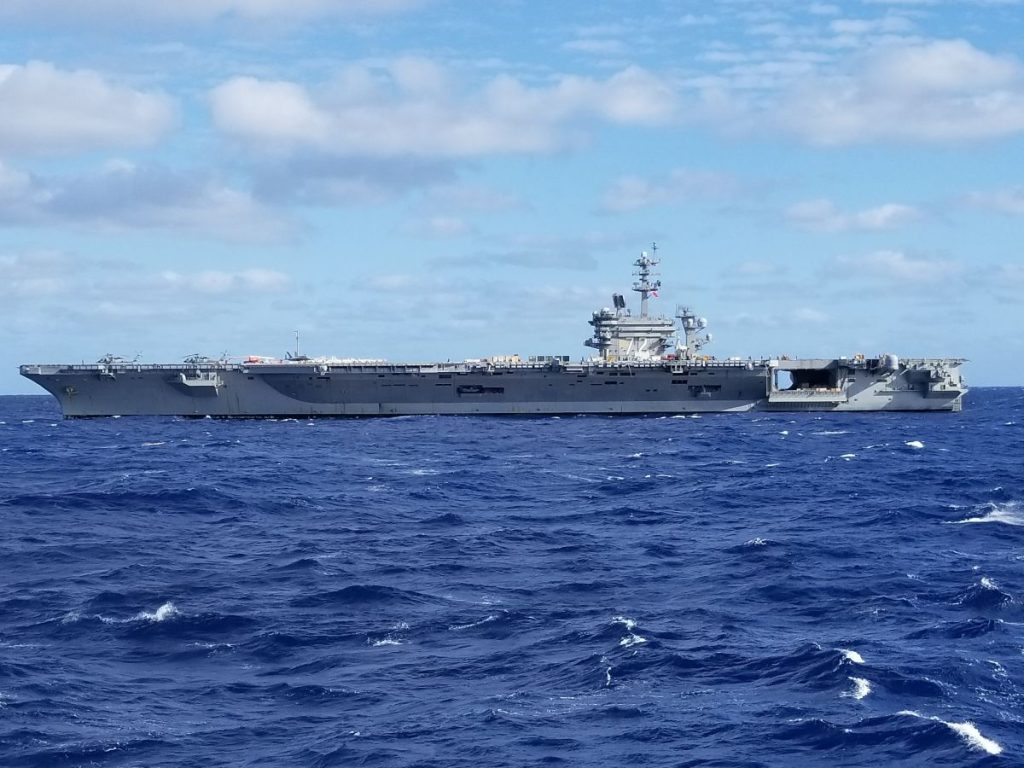Strategic Shift as USS Harry S. Truman Moves to Europe
The U.S. Navy has repositioned one of its key aircraft carrier strike groups, the USS Harry S. Truman, from the Red Sea to Europe, marking a shift in military operations following a reported pause in Houthi-led attacks on vessels in the region. After two months of combat operations targeting Houthi forces in Yemen and conducting airstrikes against ISIS in Somalia, the strike group arrived in Greece, according to a Navy statement on February 6.
Cautious Optimism in the Shipping Industry
The redeployment comes as global shipping operators remain cautious about resuming normal operations in the Red Sea. While some U.S. and UK vessels have begun transiting the waterway, the vast majority of commercial ships continue to take the much longer route around Africa to avoid potential threats. The Houthi rebels announced in January that they would pause attacks following a ceasefire agreement between Israel and Hamas, but many industry experts remain wary of a swift return to pre-disruption shipping routes.
One of the first signs of a potential normalization of traffic is the recent movement of a liquefied natural gas carrier toward the Red Sea, the first such vessel to attempt the passage since September 2024. However, broader industry confidence in the route’s security remains fragile, with companies waiting for more consistent stability before committing to pre-crisis transit patterns.
Implications for Global Trade and Security
The Red Sea has been a focal point of geopolitical tensions, and its stability is crucial for global shipping and energy markets. The recent naval operations and strategic repositioning of U.S. military assets highlight the ongoing complexity of securing this vital maritime corridor. As industry leaders monitor developments, any sustained improvement in security could lead to a gradual restoration of shipping through the region. Until then, risk assessments and alternative routes remain key considerations for global supply chain operators.







